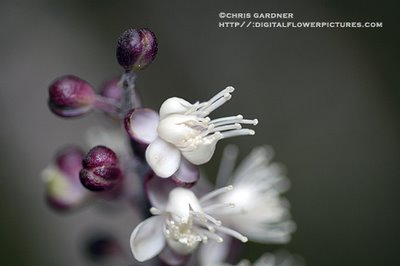
When fall rolls around every year I always have high hopes of capturing some images that reflect the colors of the season. I can never seem to get it right. Someday I know I will take a nice picture of some fall foliage. This picture was taken at a roadside garden center. I neglected to take the name down for the squash or the pumpkins. I couldn’t find them when I searched the web so they will remain nameless. I am not even sure the orange ones are pumpkins as this place had some very unusual gourds, squash and pumpkins. Whatever they are the color was beautiful and I thought it contrasted nicely with the hay and green squash. Happy Halloween.
































